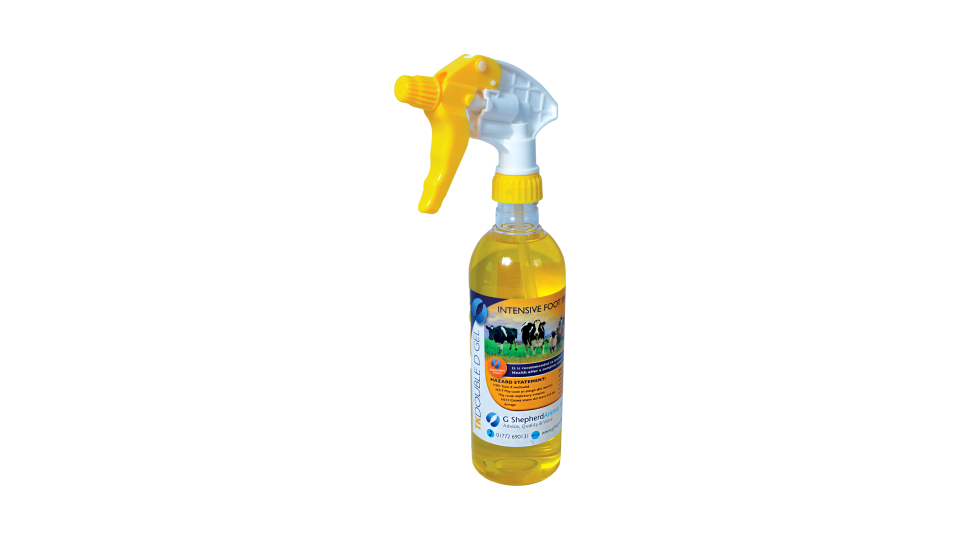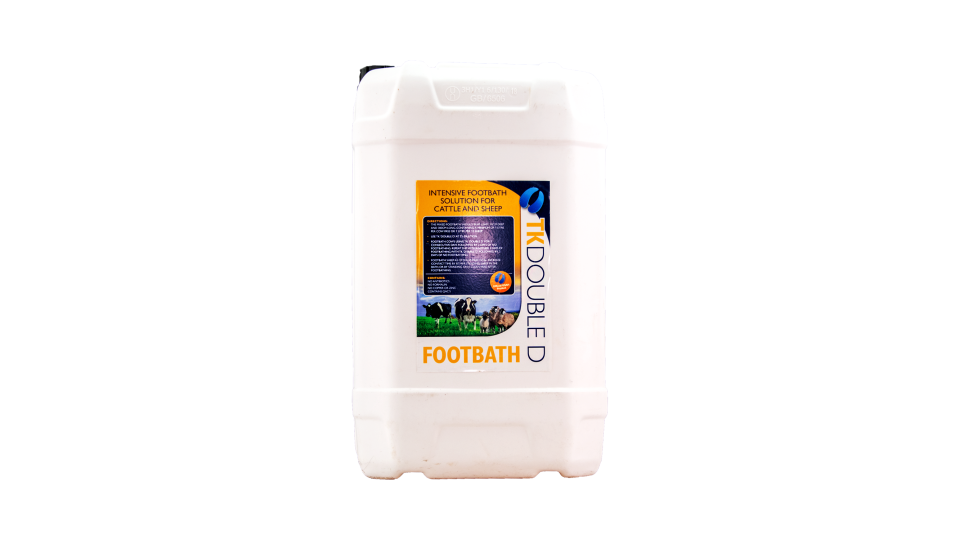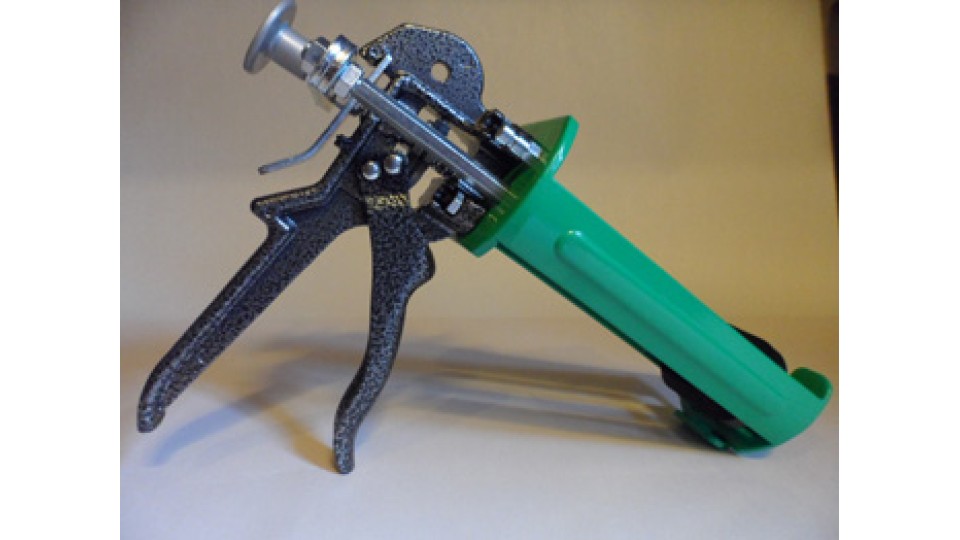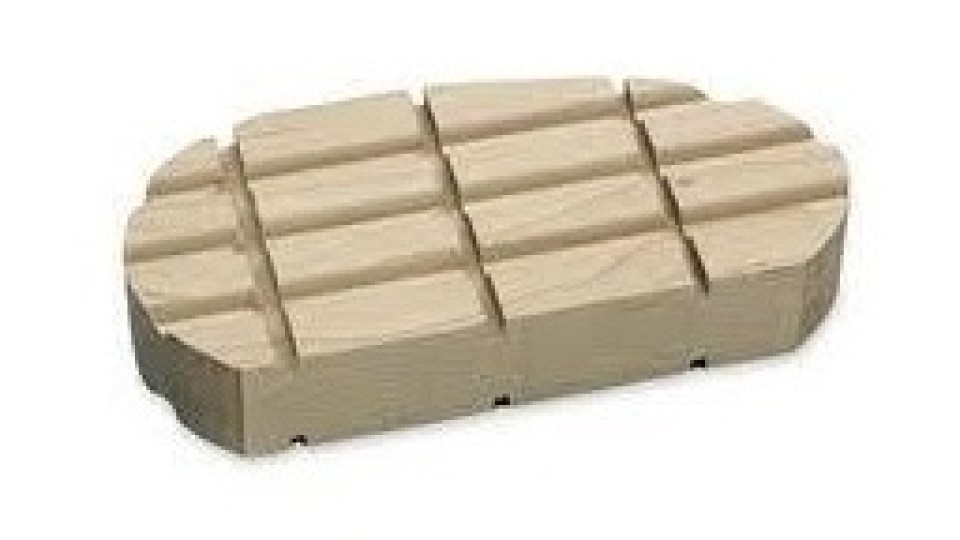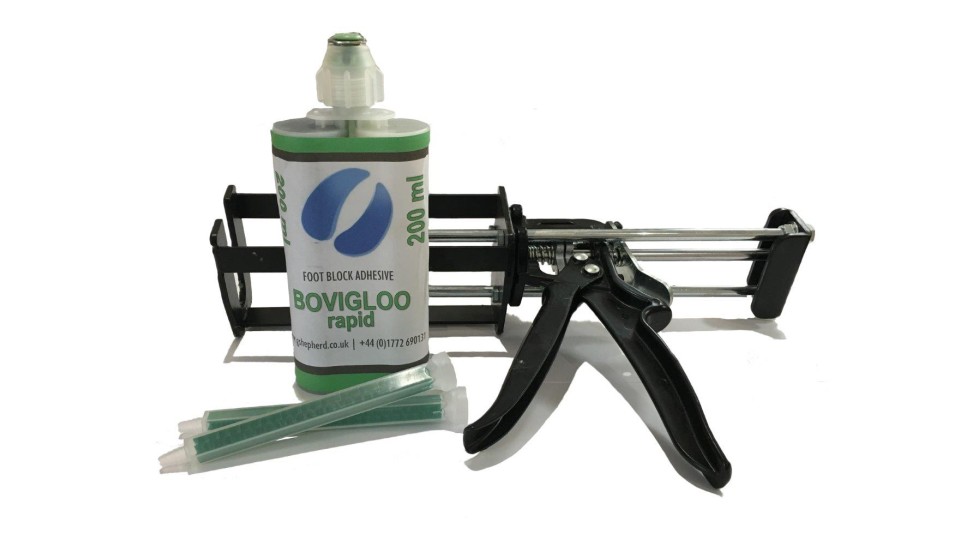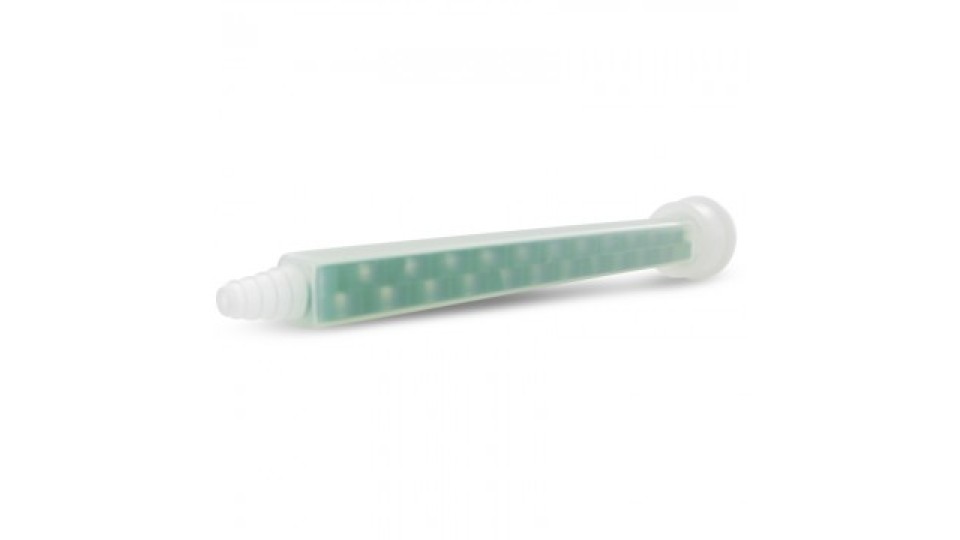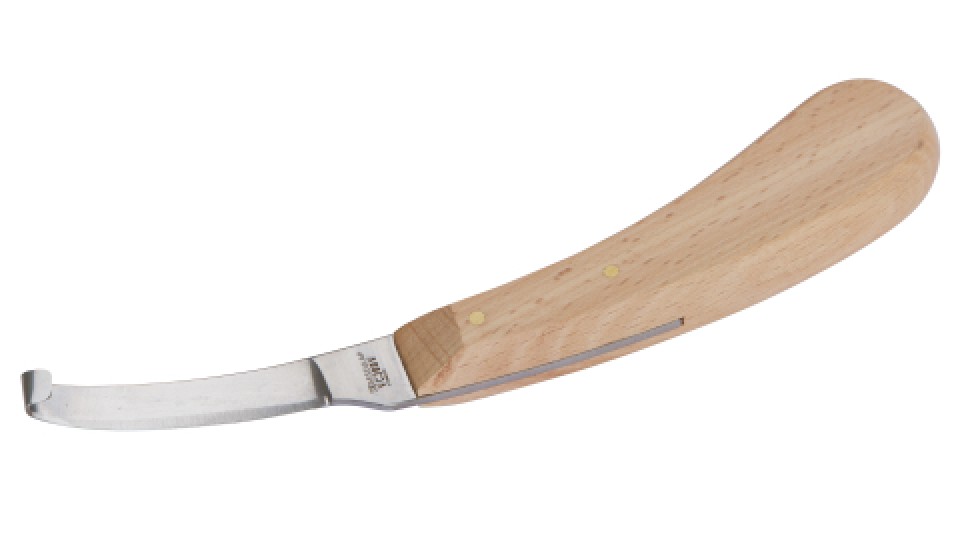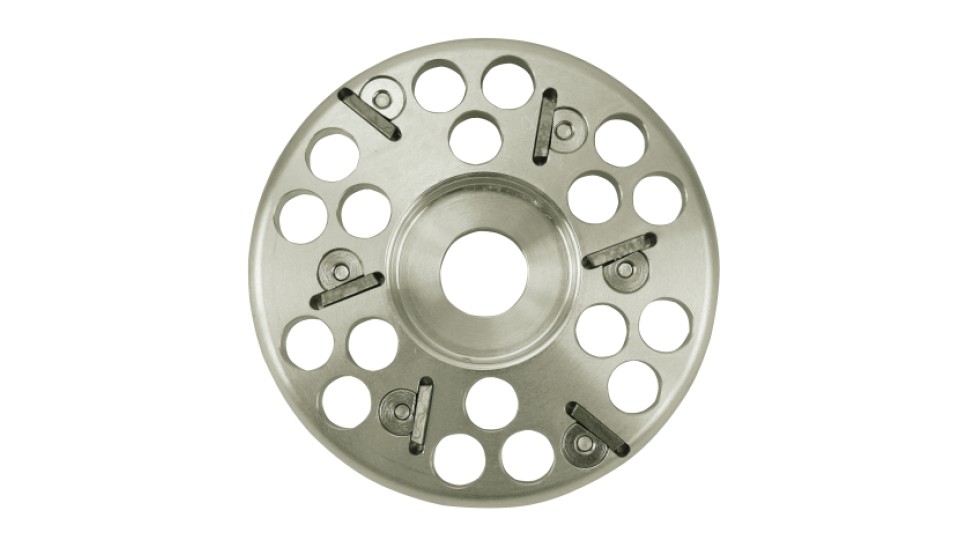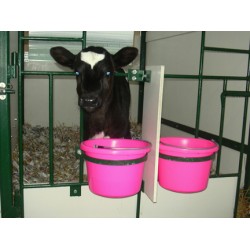Lameness can be caused by a range of factors so unfortunately there is no single product or measure to take that will control all lameness and a tailored approach is needed.
Lameness can be caused either due to bacterial infection such as digital dermatitis or a physical lesion such as sole ulcers or white line lesions and both require different treatment and control measures.
Digital dermatitis.
Digital dermatitis is a problem affecting dairy farms in the UK for over 20 years and it is thought to affect at least 70% of UK herds. If uncontrolled the disease can spread rapidly through the herd and the costs associated with the problem are well documented. Reduced milk yields, reduced fertility and costs of treatment contribute to an average cost of roughly £3000 per 100 cows.
Once a herd is infected, digital dermatitis appears to be impossible to eradicate completely however it can be effectively controlled to a manageable level to minimise the economic impact to the herd.
Through a combination of ensuring the best possible hygiene in housing areas, individually treating infected cows to reduce the reservoir of infection and also regular footbathing to prevent spread of infection through the herd, digital dermatitis can be controlled to a manageable level.
Like mastitis, digital dermatitis is a bacterial infection and the comparison has been made between footbathing to keep levels of digital dermatitis low and teat dipping to reduce mastitis. To be as effective as possible, every teat should be dipped after milking and the same is true of footbathing. Every hoof should be washed as regularly as possible to stand the best chance of reducing the spread of infection.
As well as the frequency, the footbath chemical that is used can also be very important and it needs to be both effective and also cost-efficient enough to use regularly to stand the best chance of working.
Traditionally Formalin has been used to good effect at controlling digital dermatitis however there are drawbacks to its use. Regular use can cause over-hardening of the hooves, it has been reported to cause swelling of the hooves around the coronary band and there are also the obvious health concerns to the user which may soon result in an alternative being required. Formalin is now classed as a class 1B carcinogen
TK Everyday is a blend of organic acids with added surfactants and Tea Tree Oil. It is designed to be used as a regular footbath for cows as part of a good hoof health and hygiene regime and overcome the problems of formalin while remaining cost effective enough for frequent use.
Sole ulcers/white line lesions.
These physical lesions can be caused a range of factors from breeding to nutrition to floor surface so effective prevention can require expert advice if these are causing regular problems.
Sole ulcers result from rumen acidosis / SARA which is a nutritional problem which can be aided by feeding buffers & yeast to reduce the acid. Sole ulcers are greatly prevented by routine foot trimming to remove the pressure point that causes the gap in horn at this point.
White Line Disease is due to separation of the wall from the sole of the hoof at the junction known as the "white line". Its basically a weak spot that is opened up by sharp turns on concrete. Shepherd Dairy Services puts a lot of rubber matting down that helps with this. Common points for these twisting turns are on the way into and out of milking parlours. Daily minerals containing chelated zinc and the vitamin "Biotin" help strengthen the bonding in the white line and so reduce the separation. However, what you feed today will take months to work its way down to the sole level, so it is a long term project. The sooner you start, the sooner you will improve the problem!
Treatment of individual cases requires corrective trimming and use of a hoof block can take weight off the affected claw and allow it time to heal. Click to see our full range of hoofcare products.

